Aogashima, Voyage to an Isolated Land
In his series 'Life among the twin calderas', photographer Hamish Campbell explores everyday life on this island south of Tokyo.
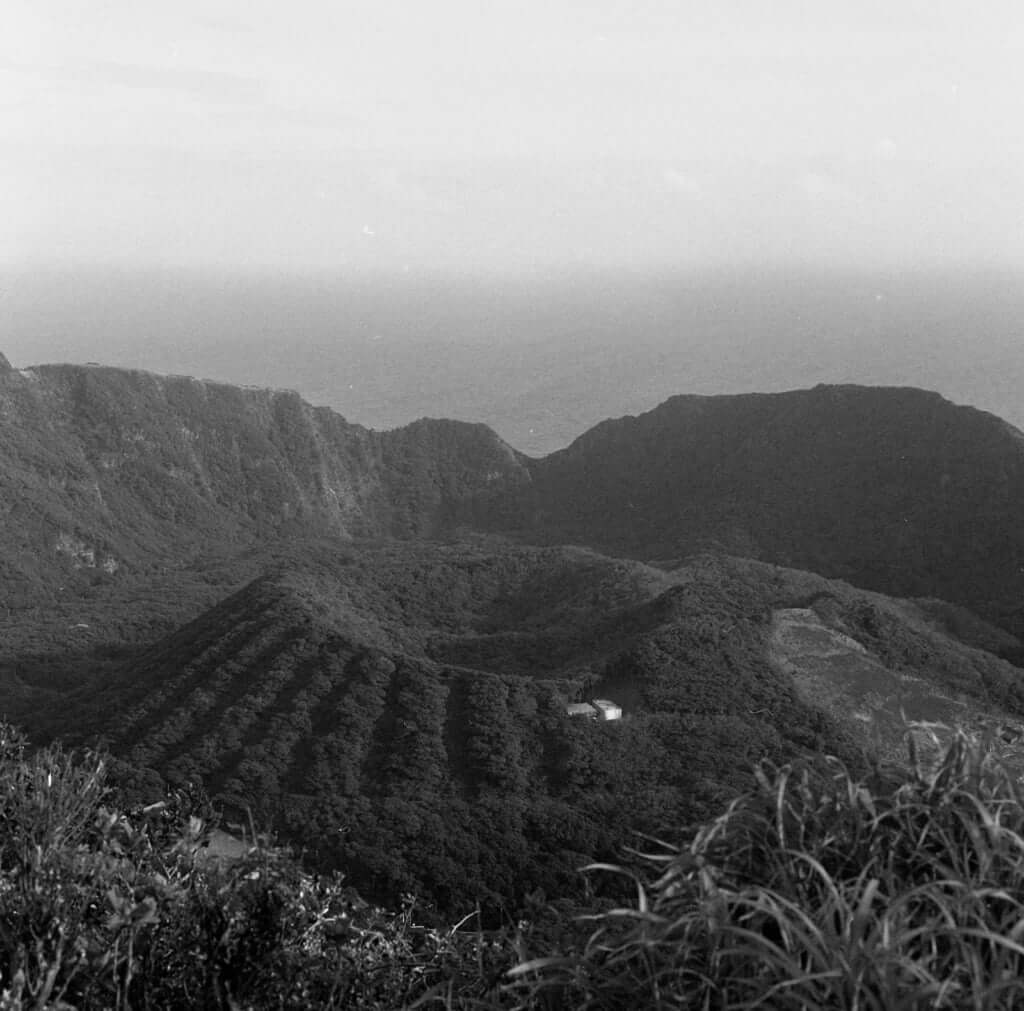
© Hamish Campbell
Aogashima is an island that’s well worth the journey. It covers just 8.75 km2 and to access it, visitors have to take a 10-hour ferry from Tokyo to Hachijojima, then a second boat that will take them to their destination in another four hours. ‘But the second boat is cancelled around 50% of the time due to strong waves that make travelling to the port of Aogashima very dangerous’, Hamish Campbell explains in an interview with Pen.
The photographer created a series of black-and-white analogue photographs dedicated to this little piece of land, where two majestic calderas stand as proof of the island’s volcanic activity. Life among the twin calderas was initially only intended to be a project about the port and Aogashima’s industrial landscapes, but as the photographer wandered, he extended his subject. ‘I endeavoured to explore all the secret paths on the island, and I started photographing them. I got to know the inhabitants and I felt that if I only presented the landscape, I wouldn’t be doing the island justice’, explains the artist, who has made the theme of geographical, social, and cultural isolation a cornerstone of his work.
Relative isolation
‘The island seems to be an impossible or dangerous place to live, just on the edge of a dormant volcano. This accentuates the image of mystery and danger, but these elements are not at all present in the inhabitants’ everyday lives. In fact, it’s rather the opposite. The geothermal energy in the region has enabled the residents to produce sea salt, one of their main exports. As a result, rather than feeling fearful or distrustful, they see the volcanic island as a generous gift from nature, which meets their needs’, Hamish Campbell continues, having discovered that life around these calderas is not as solitary as it seems. ‘The people are certainly geographically isolated, but that’s all. Thanks to their incredible community, they don’t feel at all isolated.’ In the photographs, the lush vegetation in the heart of the island contrasts with the port’s extensive mineralisation. Portraits of workers are seen alongside photographs taken during festivals and village fêtes.
While Life among the twin calderas was intended to be an extension of Hamish Campbell’s work on a house from the Taisho era, which was a four-handed project in some sense, this time he took a solitary approach. ‘For Life among the twin calderas, I wanted to make sure that everything was entirely done by me, as physically and literally as possible. Thus, I worked using film, I developed all the reels myself in my kitchen, then I produced the prints by hand in a darkroom. I felt like I needed to prove to myself that I could do something valuable on my own’, the photographer explains.
A series accompanied by a documentary
Alongside this series of photographs, Hamish Campbell also made a documentary in order to represent the insular nature of the place as accurately as possible. ‘The video shows the lush colours of the island’s jungle and draws on drone images to put the island’s location in context, in the middle of nowhere. The photographs, meanwhile, linger on the details of the places and people, offering the most precise texture and atmosphere regarding what I felt while exploring the place.’ This two-part project has already been exhibited in Sydney and Tokyo. Those wishing to watch the documentary can simply contact Hamish Campbell for a private screening.
Life among the twin calderas (2018), a series of photographs by Hamish Campbell, can be viewed on his website.
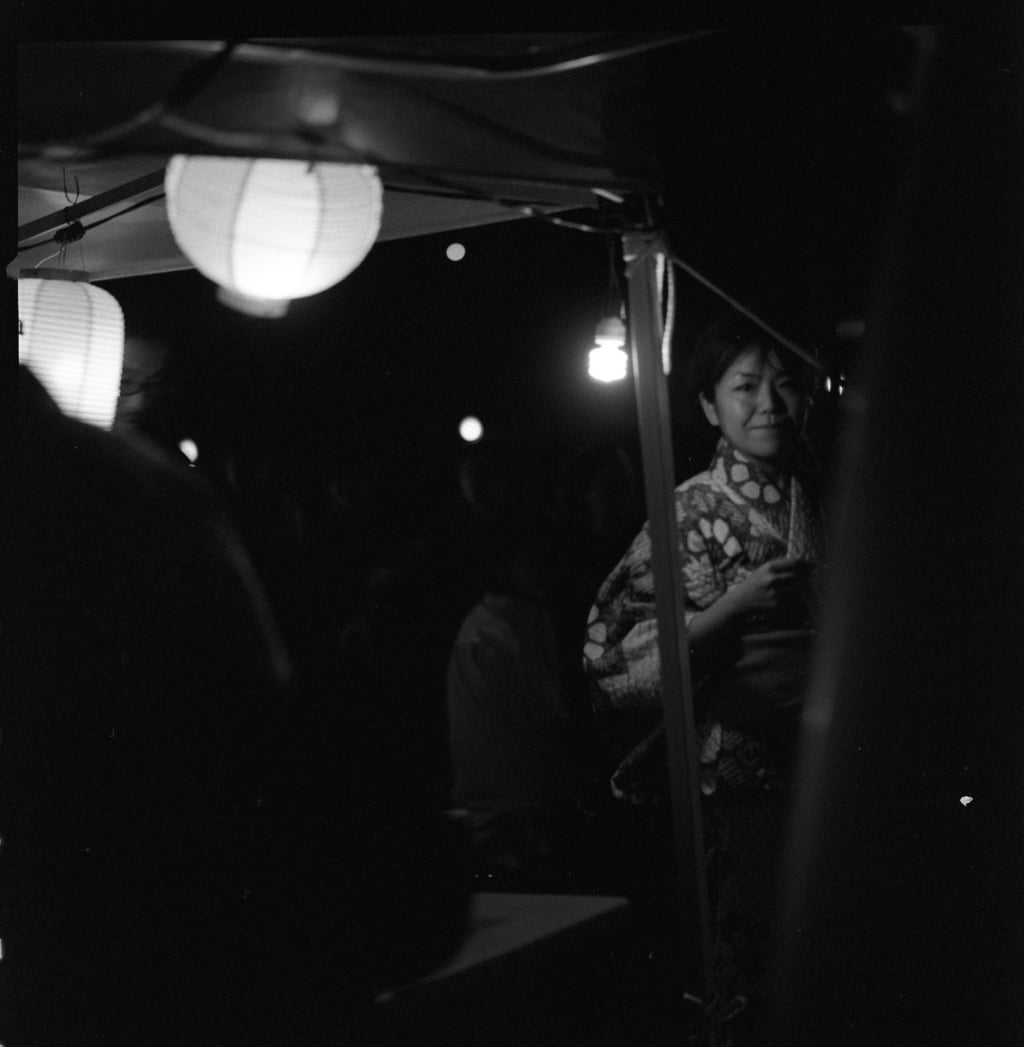
© Hamish Campbell
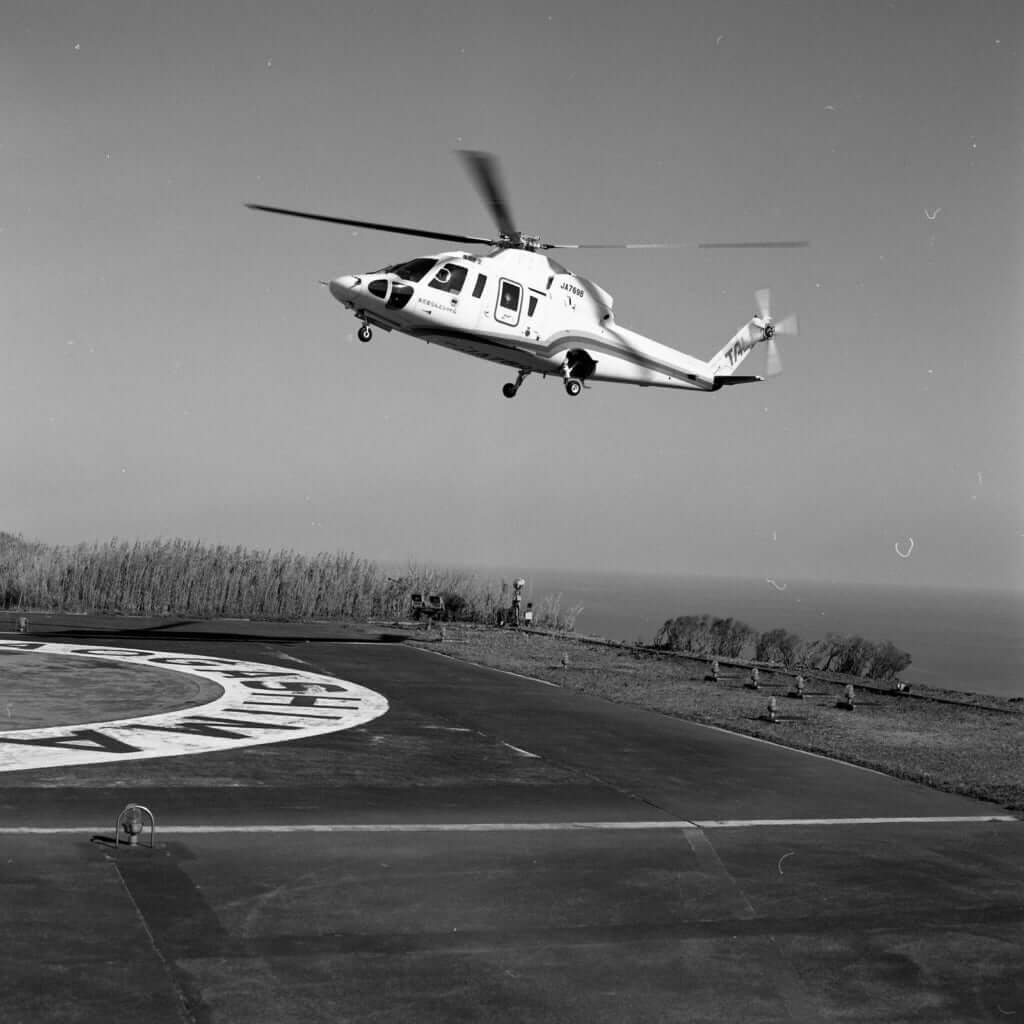
© Hamish Campbell
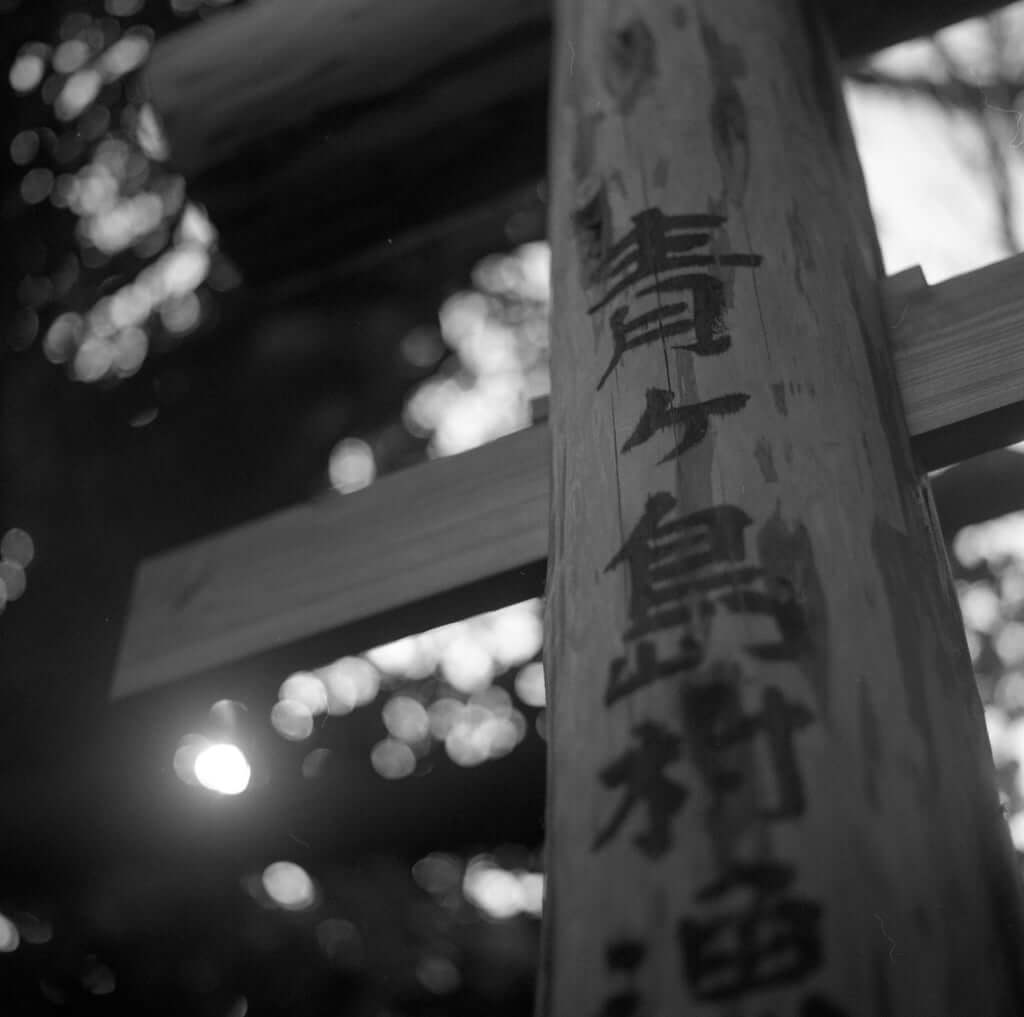
© Hamish Campbell
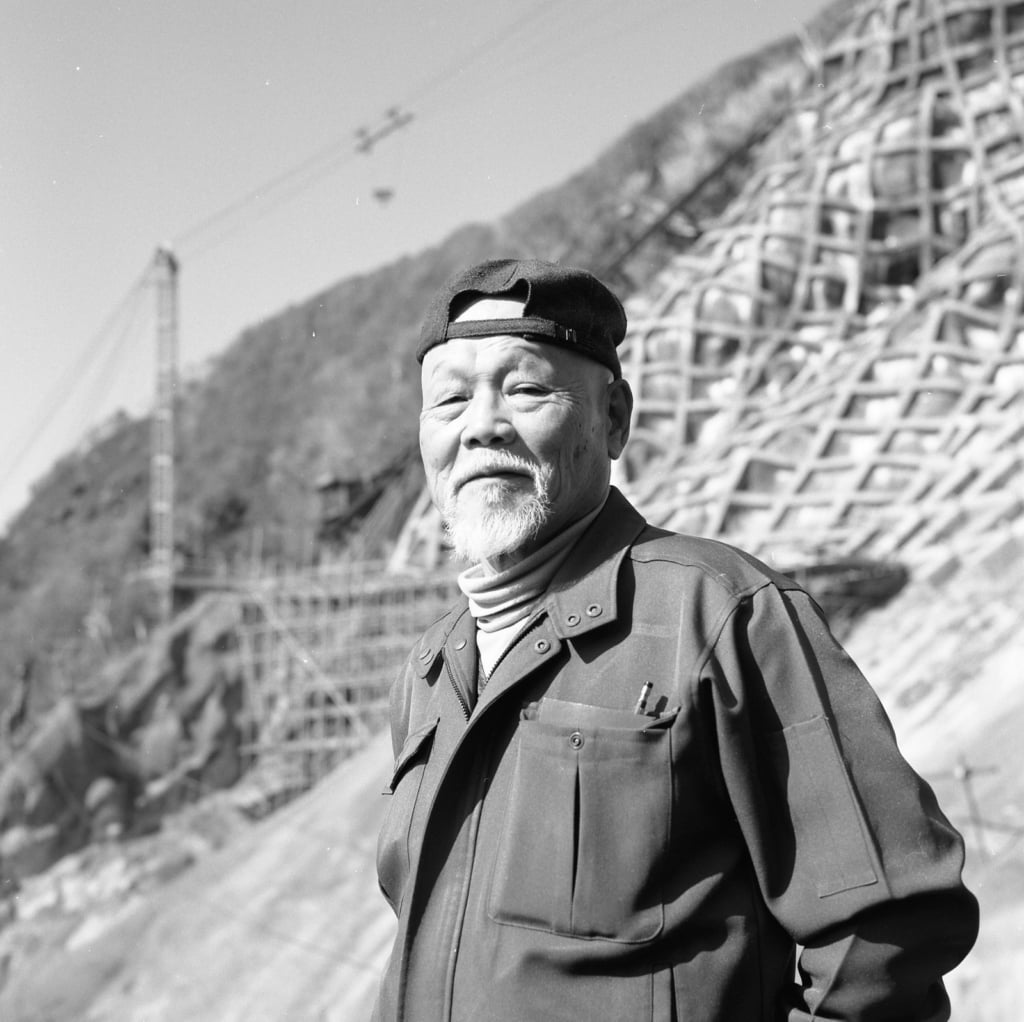
© Hamish Campbell
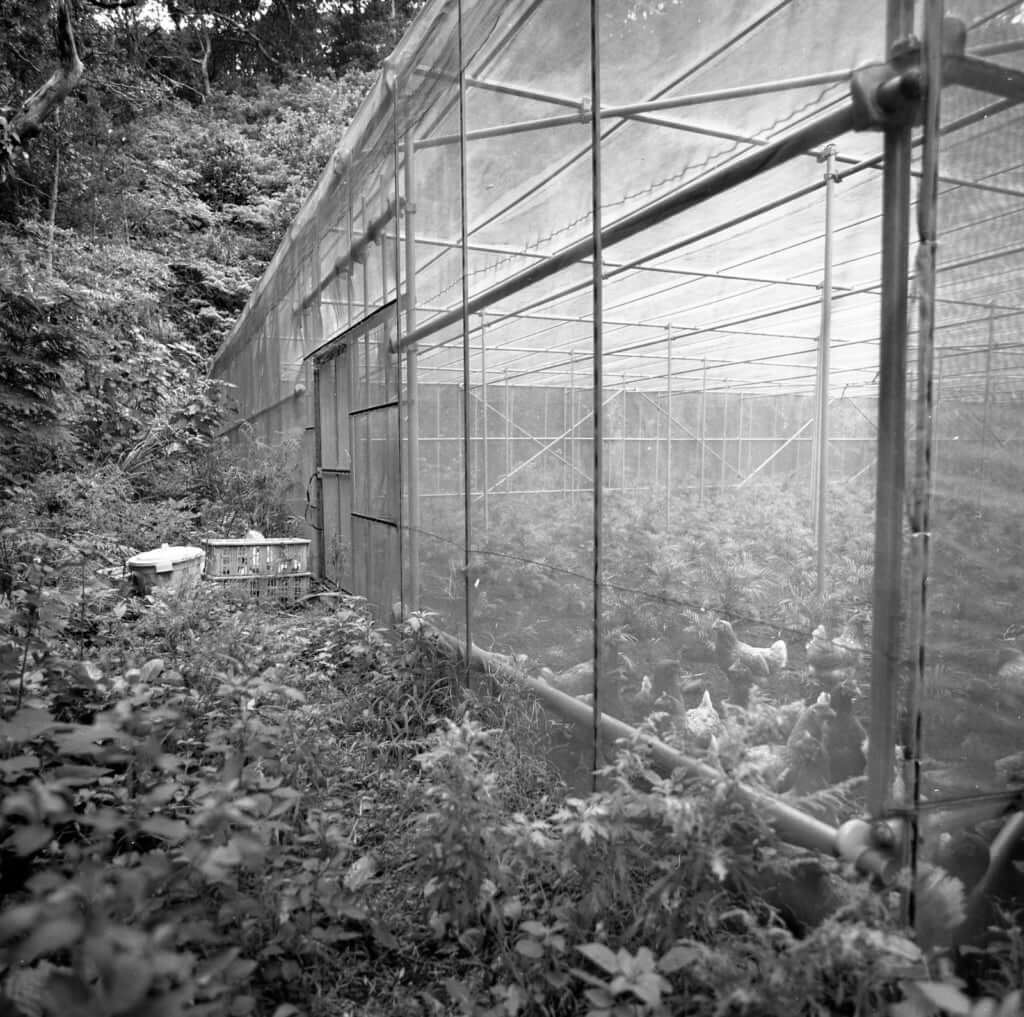
© Hamish Campbell
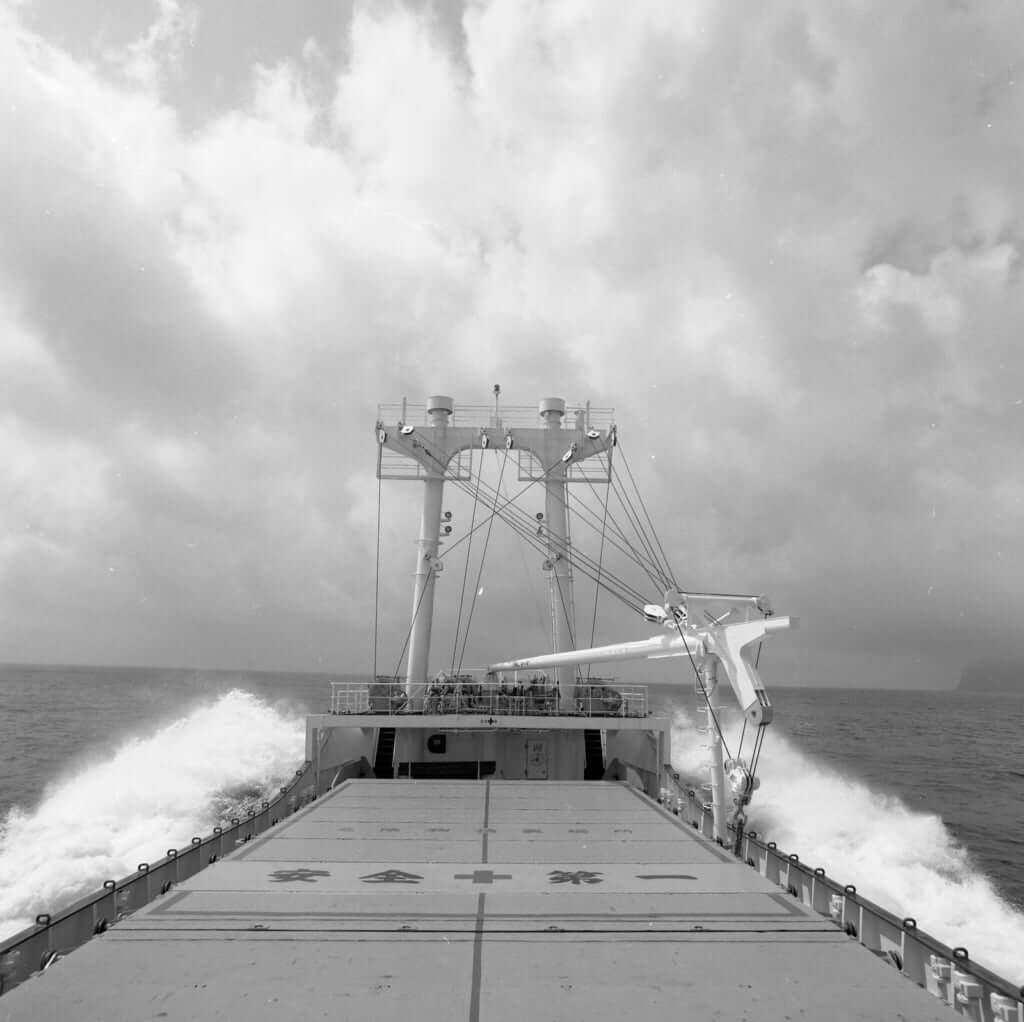
© Hamish Campbell
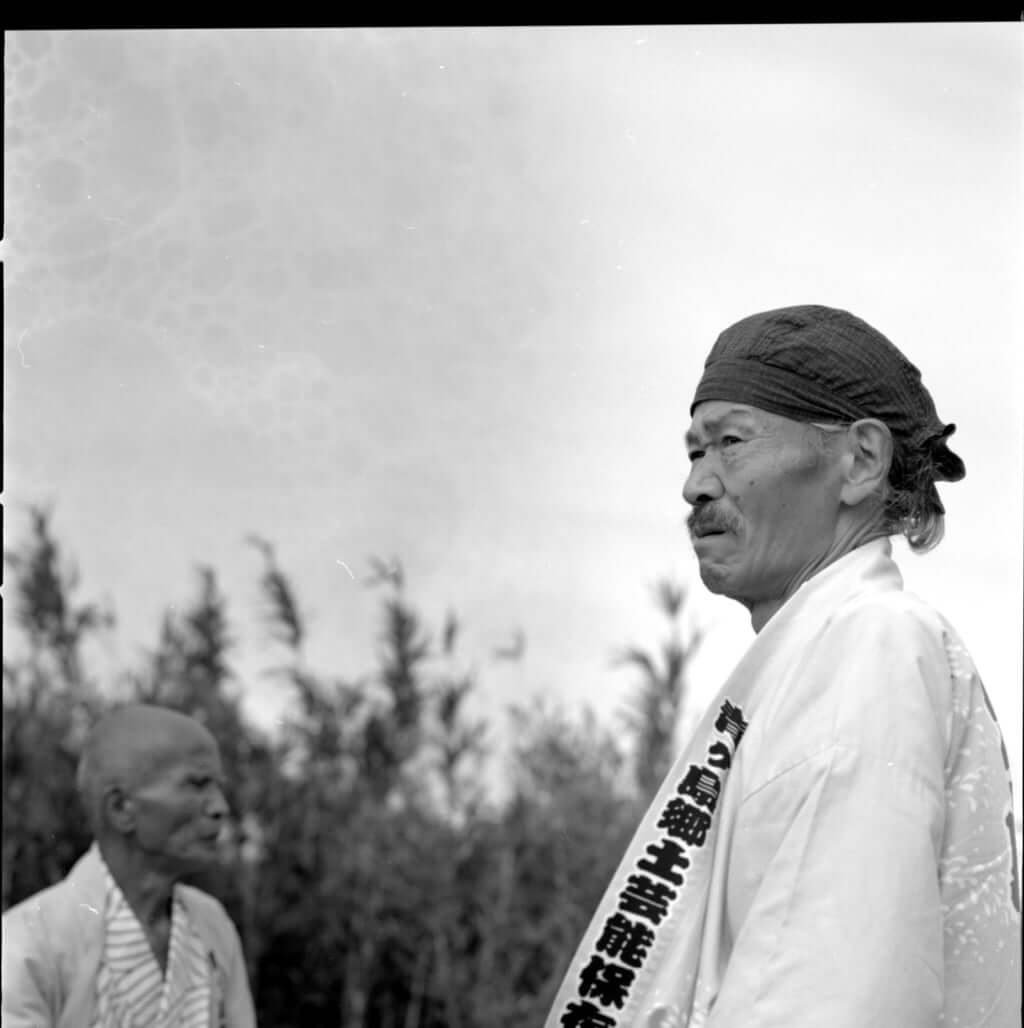
© Hamish Campbell
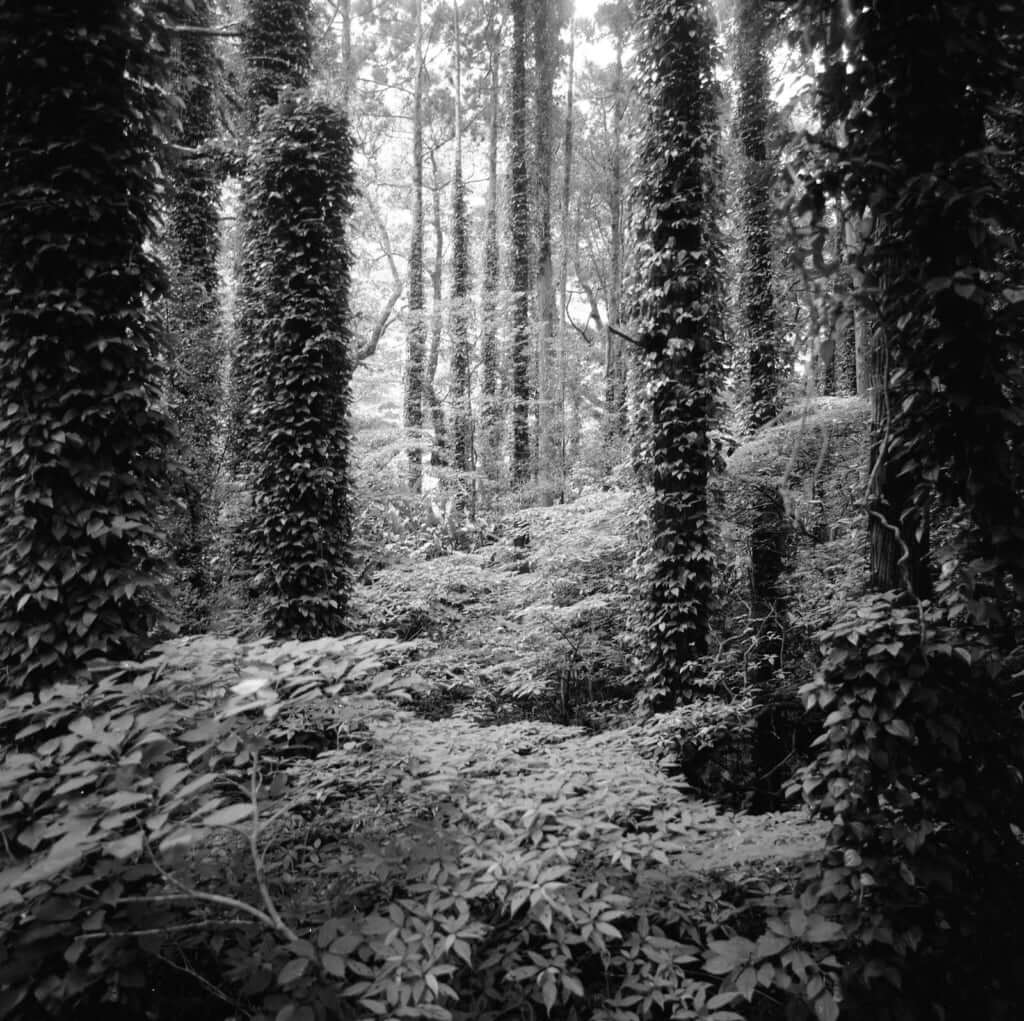
© Hamish Campbell
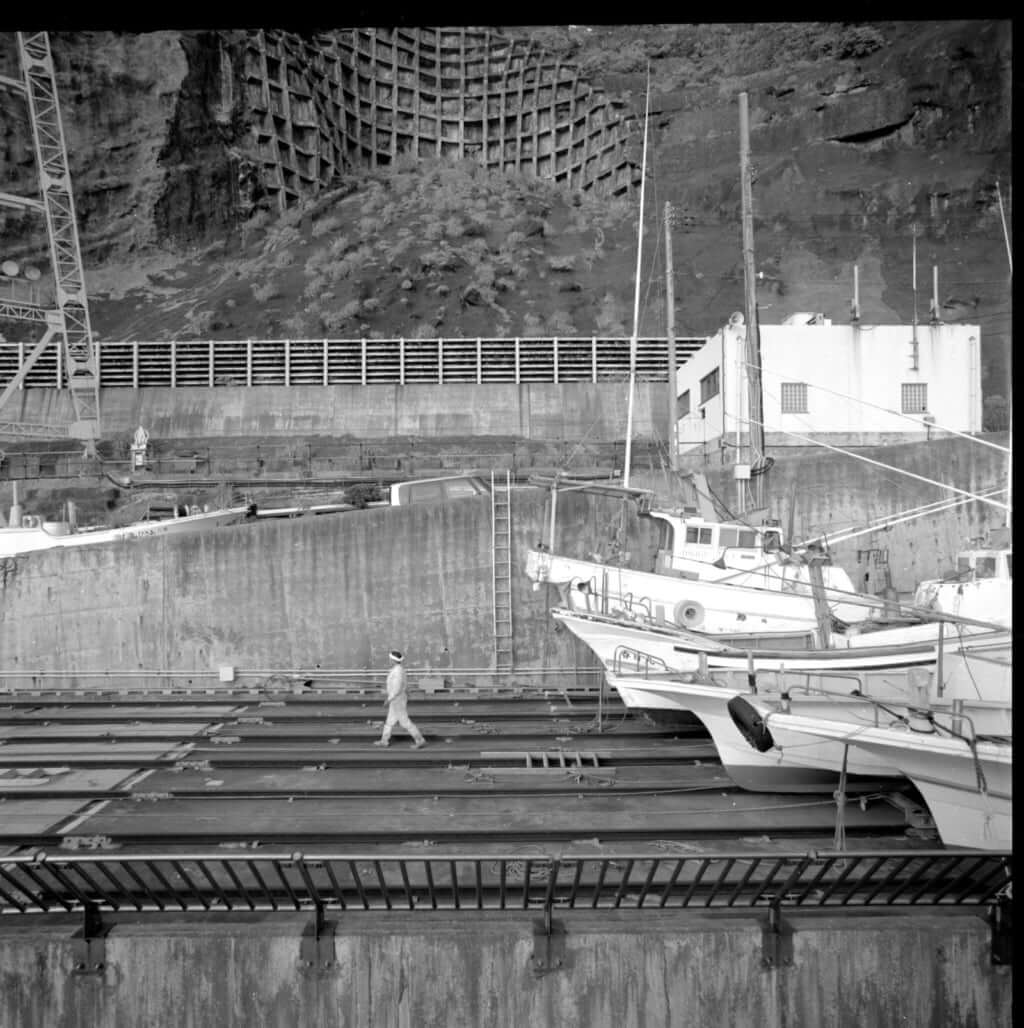
© Hamish Campbell
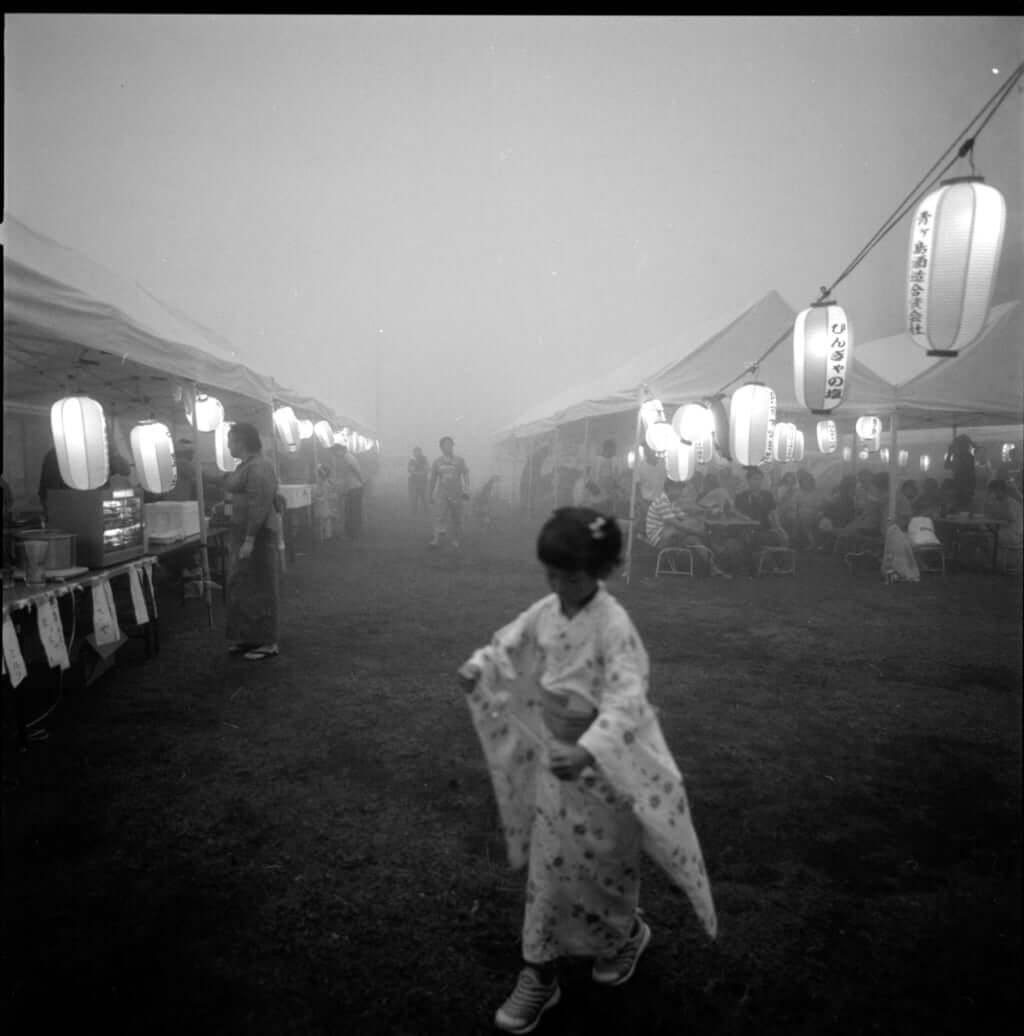
© Hamish Campbell
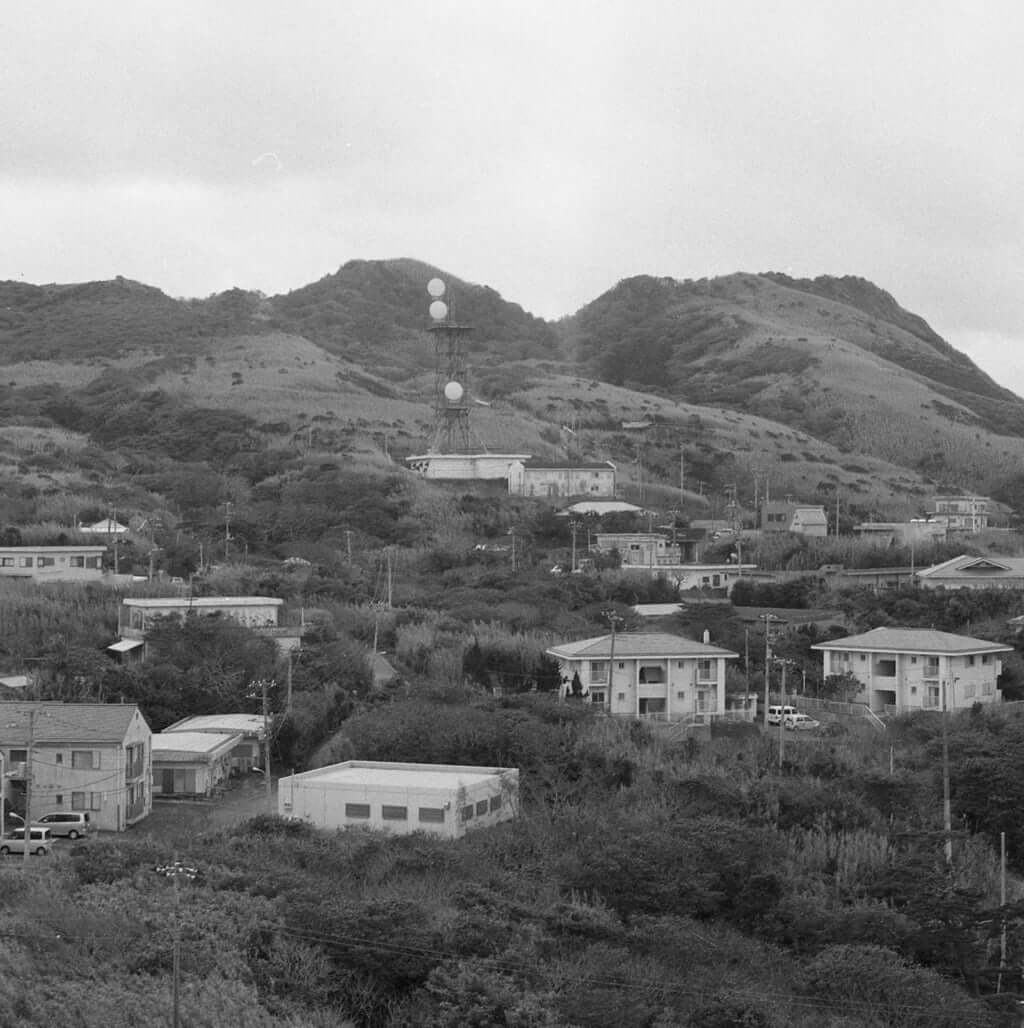
© Hamish Campbell
TRENDING
-
The Tradition of the Black Eggs of Mount Hakone
In the volcanic valley of Owakudani, curious looking black eggs with beneficial properties are cooked in the sulphurous waters.

-
The Tattoos that Marked the Criminals of the Edo Period
Traditional tattoos were strong signifiers; murderers had head tattoos, while theft might result in an arm tattoo.

-
Gashadokuro, the Legend of the Starving Skeleton
This mythical creature, with a thirst for blood and revenge, has been a fearsome presence in Japanese popular culture for centuries.

-
A Rare Japanese Garden Hidden Within Honen-in Temple in Kyoto
Visible only twice a year, ‘Empty River’, designed by landscape architect Marc Peter Keane, evokes the carbon cycle.

-
‘YUGEN’ at Art Fair Tokyo: Illumination through Obscurity
In this exhibition curated by Tara Londi, eight international artists gave their rendition of the fundamental Japanese aesthetic concept.





